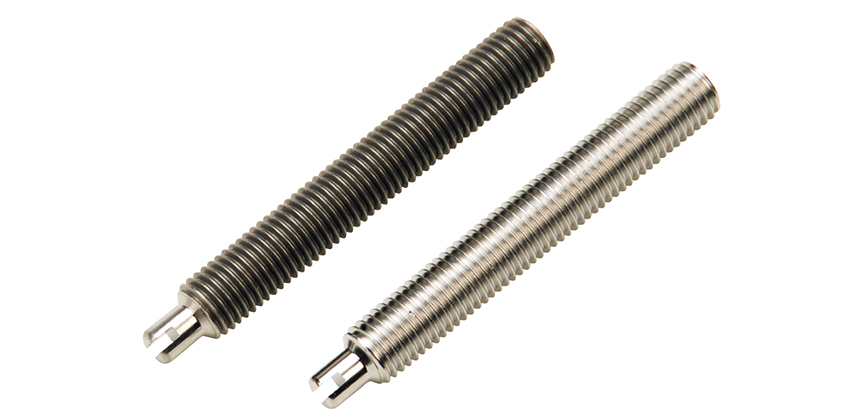Passivation is a metal finishing treatment that companies utilize to protect and enhance parts against corrosion.. To begin passivation, metal parts are placed into a basket and then submerged into a bath of nitric or citric acid. The concentration of the acid removes free iron and other foreign material deposited during part machining. Passivation is simply utilized to remove surface impurities and provide some corrosion resistance. While passivated parts do have a light level of cleansing, they often require additional processes, such as electropolishing, for more intense removal of surface contaminants.
Electropolishing vs. Passivation
Both electropolishing and passivation remove surface contaminants and enhance corrosion resistance. However, the two metal finishing treatments vary greatly. Electropolishing provides multiple benefits that passivation alone cannot, including:
- Provides aesthetic enhancements—Many people recognize electropolished parts because of their bright, shiny appearance. Passivation, however, does not provide the decorative finish that electropolishing does.
- Can be performed on all grades of stainless steel—Passivation can only be performed on select stainless steels. Electropolishingis suitable for common and specialty alloys, including stainless steels, aluminum, copper, brass, nickel, carbon steels, titanium, cobalt, tungsten and Nitinol.
- Removes oxide scale and heat tint—Untreated metal parts may have heat tint or built up oxide scale. Electropolishingcan remove both of these, while passivation cannot.
- Enhances microfinish value—Some metal parts have micro cracks that are not visible to the human eye but could ultimately compromise part performance. Electropolishing can eliminate micro defects. Passivation, however, is not effective for this application.
- Greater corrosion resistance—While both treatments can enhance metal parts’ resistance corrosion, electropolishingprovides 30 times greater protection than passivation.
- Deburrs edges—Metal parts may incur jagged edges during the machining or stamping process. Electropolishing removes micro burrs to produce smooth, rounded corners. Passivation does not remove material and is not suited for deburring.
After examining the benefits of both metal finishing processes, many companies opt for electropolishing. Some, however, choose to utilize both services. If you’re unsure which treatment would be best suited for your metal parts, ask one of our metal finishing specialists for assistance.



